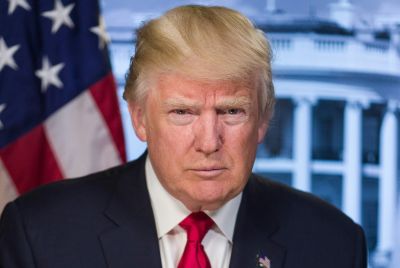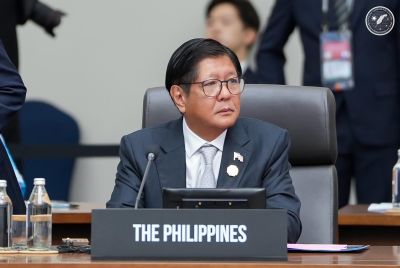Donald Trump Claims Only A Single US AI Law Can Stop China Surging Ahead
Inside Trump's push for a unified AI law as the USA competes with China for artificial intelligence dominance

US President Donald Trump issued a stark warning: a single, unified federal law on artificial intelligence (AI) can prevent China from overtaking the US in the global AI race. He argued that fragmented regulation with different rules in all 50 states threatens American innovation and risks handing Beijing a decisive advantage in future technology leadership. And this massively affects his AI Action Plan.
Trump Wants A Single AI Law for US
According to reports, Trump's main argument is about regulatory fragmentation as he argues that having 50 separate AI laws, one for each state, would cripple America's ability to scale innovation. Hence, he insists on 'one federal standard', warning that without it China will 'easily catch us in the AI race.'
He has called on Congress to embed this single standard into a national bill possibly via the National Defense Authorization Act (NDAA) or pass it separately. Trump argues that only by doing so can the US maintain its lead in AI development and not be bogged down by inconsistent regulations.
This big vision for a unified regulatory regime also ties directly into his massive AI Action Plan, which he unveiled earlier this year. That plan aims to slash regulations, speed up infrastructure development, and direct the full force of US policy toward beating China in AI.
READ MORE: Why Did Donald Trump Dump £65 Million Into Bonds Since August
Deregulation, Ideology, and the China Threat
At the centre of Trump's strategy is a belief that excessive regulation stifles America's competitive edge. He argues that overregulation especially at the state level hampers the growth of the AI sector, and severely affects the country's capacity to dominate globally.
Part of his strategy involves rolling back or removing existing AI safety measures. Early in his term, Trump revoked Executive Order 14110, a major Biden-era directive on AI risk management. He replaced it with Executive Order 14179 titled Removing Barriers to American Leadership in Artificial Intelligence. EO 14179 instructs agencies to let go of policies that Trump considers burdensome and to craft a vision for accelerating US AI dominance.
The AI Action Plan also demands that AI systems contracted by the US government must follow what his administration calls 'Unbiased AI Principles.' This means they should be free from 'ideological bias', a stance Trump and his advisers link to their vision of national strength. In their view, neutral, nonpartisan AI is not just a technological goal, but also a geopolitical one.
Trump's plan also includes fast-tracking the construction of data centres, easing environmental reviews, and loosening permitting procedures, which are all in service of scaling up AI infrastructure rapidly.
Why China Is the Target of Trump's AI Push
China's own AI vision and ideas are well-documented. Beijing sees AI as a strategic technology, a way to reinforce its national power, and possibly even reshape governance. In contrast to Trump's regulatory rollback, the Chinese government reportedly aims to combine state planning with strong coordination between industry and political leadership, which is a model that can scale very quickly.
Chinese leaders have called for global cooperation on AI, warning that the risks of unregulated development require international agreements. Trump, however, seemingly rejects that approach. For him, the priority is accelerating US innovation, not slowing it down through global regulation.
© Copyright IBTimes 2025. All rights reserved.





















